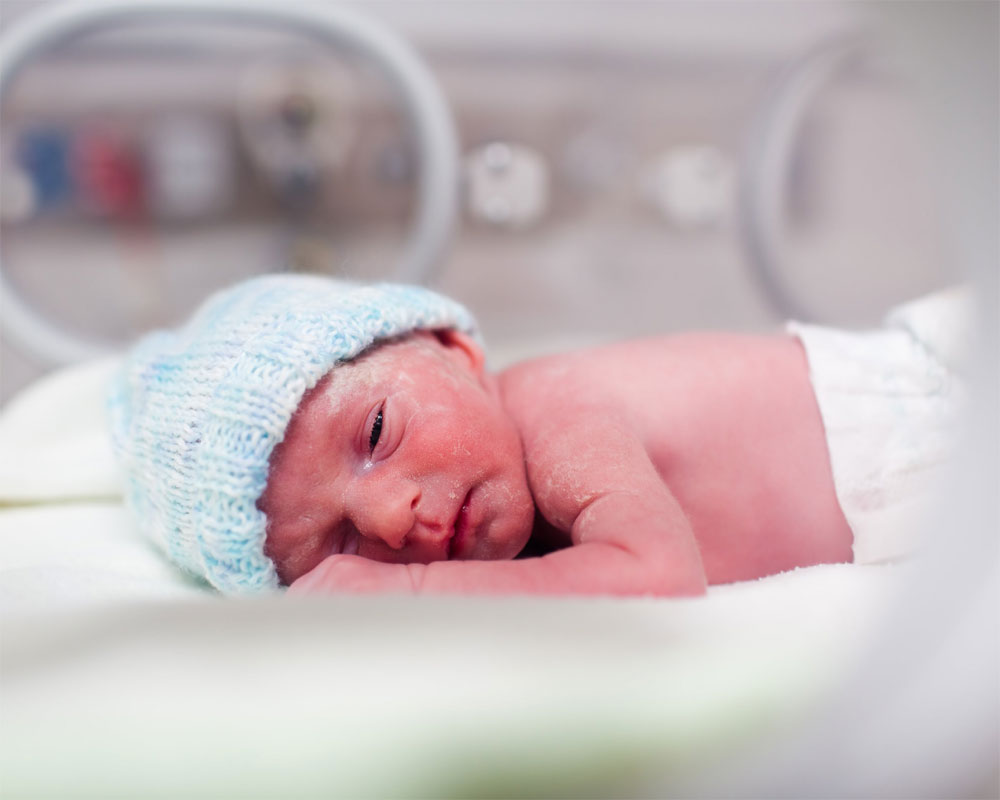The World Health Organisation (WHO) celebrates World Prematurity Day every year on November 17, to put the spotlight on premature babies.
Retinopathy of Prematurity (ROP) is a dynamic, time-bound disease that is not present at birth. The condition afflicts the eyes of pre-term babies that have typically received intensive neonatal care (with or without oxygen therapy) that helps to save their life, but severely affects their eye development.
The condition is characterised by the development of abnormal blood vessels in the retina of the eye, resulting in scarring and retinal detachment. ROP can be mild and may resolve spontaneously, but in serious cases, may progress rapidly and lead to blindness.
ROP typically starts only two-three weeks after birth, providing a window for screening and activating treatment at the right time, while the baby is still under neonatal care at the hospital.
ROP can, however, be treated by lasers if detected by proper retinal examination before 30 days of birth. "Tees Din Roshni Ke" (Thirty days for Vision) should become a slogan that is implemented for all pre-term babies. Inability to get the first retinal screening done effectively and on time is a huge gap that needs to be addressed. Shortage of trained personnel to deliver effective treatment at bedside for babies, especially who are still in critical care, and then the difficulties of a follow-up are some of the gaps that need to be addressed.
Chronic hypoxia (lack of oxygen), intrauterine growth retardation and prenatal and postnatal conditions are the most common triggers of ROP. Babies born under 34 weeks gestation and weighing less than 2,000 grams are particularly susceptible to ROP and must be screened within 20-30 days from birth.
High levels of supplemental oxygen and high carbon dioxide levels are also known to aggravate ROP. During neonatal incubation, pre-term babies are to be provided with blended oxygen, strictly controlled and monitored using pulse oximeters. Other risk factors that are associated with the condition include anemia, bradycardia (low heart rate), blood transfusions and intraventricular hemorrhage (bleeding into the brain).
The initial incubators for pre-terms were set up in Boston in 1941 and the first ROP blind baby was promptly reported in medical journals in 1942. Since then there has been a huge amount of research and understanding about risk factors and the successful management of this condition. Today we have vast knowledge to prevent ROP blindness and have successfully done that for more than 90 per cent of the babies. While many babies now get screened for ROP on time and are getting treated in many large and smaller cities of India, there are substantial gaps and hence there are still many ROP-blind and visually-affected premature babies today.
A very tight safety net needs to be put in place for the premature baby to retain the potentially good vision they are born with. Gaps in this aspect can result in irreversible damage and a lifetime of poor vision.
Common gaps include absence of information about ROP amongst various cadres of health-workers and parents during initial critical days; the medical curriculum of only some super-specialists including ROP; and shortage of trained personnel to deliver effective treatment for babies who are still in critical care, among others.
All pre-term children run a higher risk in development of other eye and vision-related complications later in their lives. Common afflictions include retinal detachment, myopia (near-sightedness), strabismus (crossed eyes), amblyopia (lazy eye) and glaucoma.
ROP is a potentially avoidable cause of irreversible and usually total blindness in pre-term babies. This disease has lifelong implications for afflicted children and their families. Survival is achieved because of a huge team effort by parents, the extended family, doctors, nurses and health policymakers, besides technological advances and following the well laid out processes during critical care of the new-born baby.
The WHO has highlighted ROP as a major target disease in its prevention of blindness programme, "Vision 2020: Right to Sight", to globally combat needless blindness by 2020. On this world Prematurity Day, everyone involved should think not only about "new-born survival" but also their "vision".
























